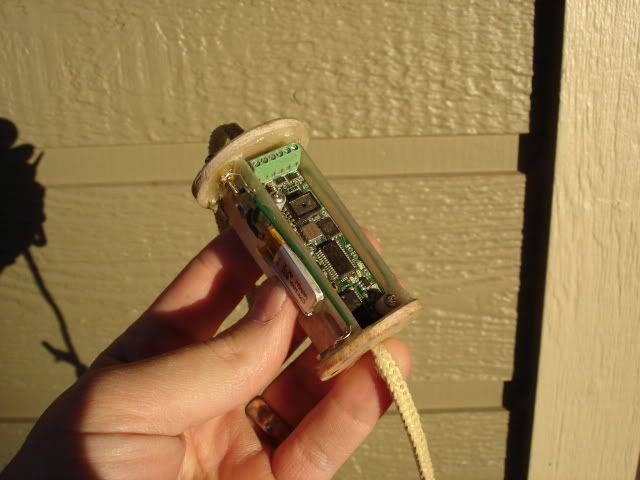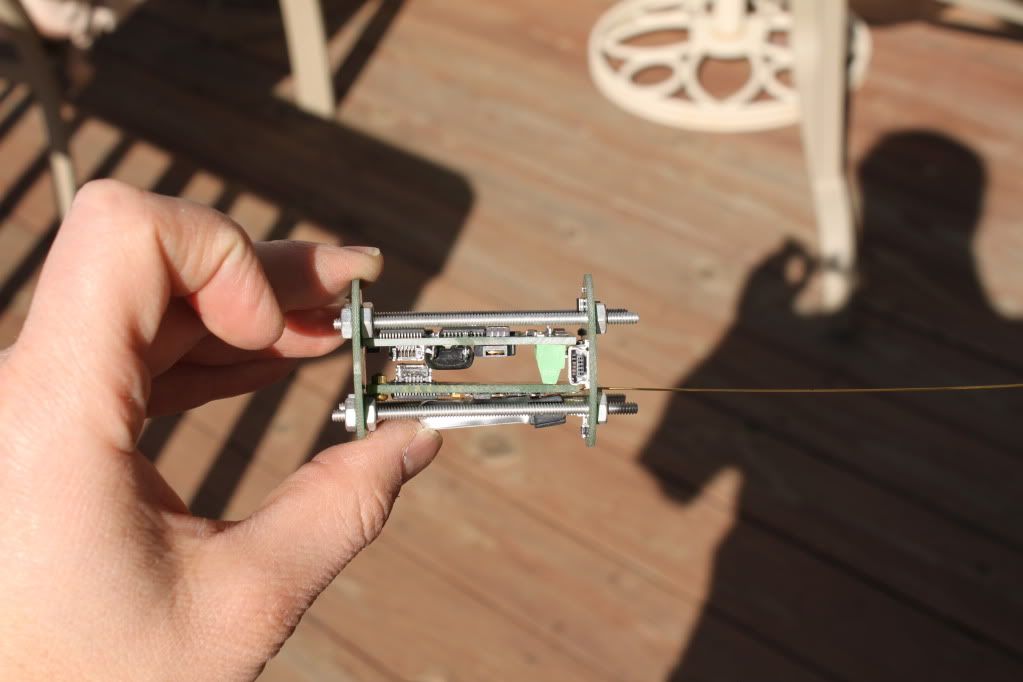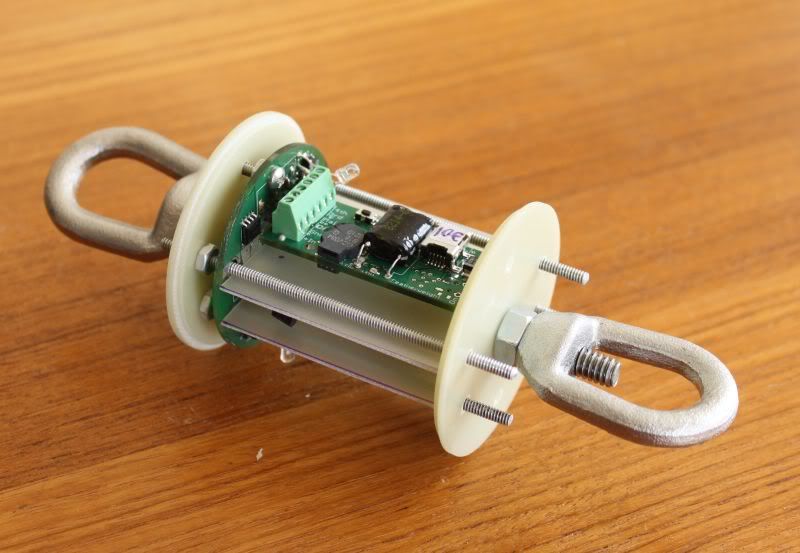Zeus-cat
Well-Known Member
- Joined
- Mar 14, 2009
- Messages
- 4,991
- Reaction score
- 1,455
I am building two avionics bays for two dual deploy rockets. One is 1.5 inches in diameter and the other is 29mm in diameter. Obviously size of components is critical. I have some twisted pair telephone wire. Can I use that for the wires from the altimeter to the ejection charges?
The longest one will be about 18 to 20 inches. I would guess the wire is 24 gauge and it is solid, not stranded copper. Would this work, or is it too small?
The longest one will be about 18 to 20 inches. I would guess the wire is 24 gauge and it is solid, not stranded copper. Would this work, or is it too small?







